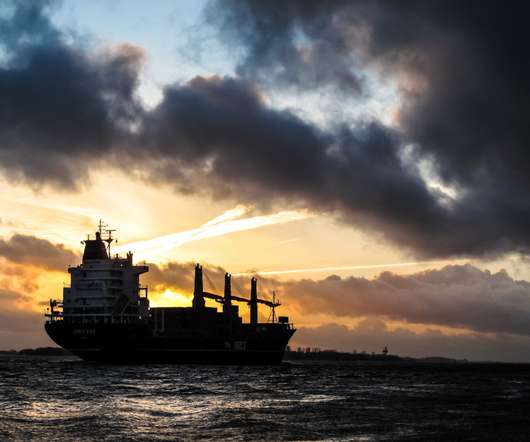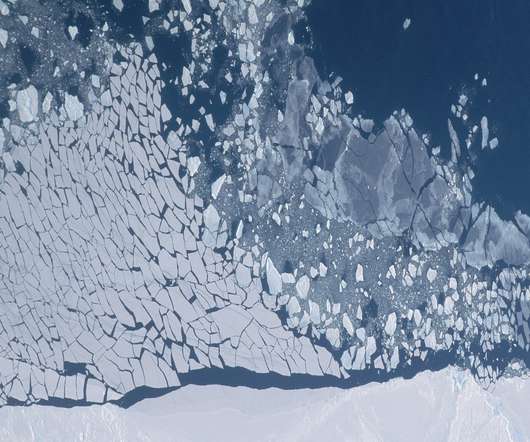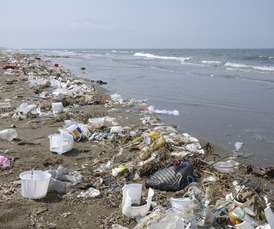Report pulls back the curtain on chemical pollution in the ocean
Envirotec Magazine
APRIL 8, 2022
A new report attempts to provide a diagnostic of the scale of the ocean pollution challenge facing humanity. The Invisible Wave: Getting to zero chemical pollution in the ocean has been prodeuced by Back to Blue, an initiative of Economist Impact and The Nippon Foundation. A coordinated approach.















Let's personalize your content